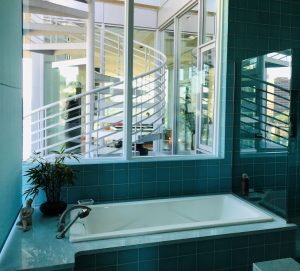 The skin is the largest organ in the body. Although many might not think of it as an organ, it accounts for ~15 percent of our body weight and it protects us. We may consider just the outer layer since that's what we see, but there are two main layers with the internal producing new cells that are moved to the surface of the skin. The outer layer flakes off and is continuously replaced. In fact, in a month’s time, our body has a completely new epidermis or outer layer which is pretty amazing!
The skin is the largest organ in the body. Although many might not think of it as an organ, it accounts for ~15 percent of our body weight and it protects us. We may consider just the outer layer since that's what we see, but there are two main layers with the internal producing new cells that are moved to the surface of the skin. The outer layer flakes off and is continuously replaced. In fact, in a month’s time, our body has a completely new epidermis or outer layer which is pretty amazing!
While our skin naturally sheds, we can assist with a technique called dry brushing. I’ve been using this method for a few years and this process of removing dead skin cells has wonderful benefits especially in the winter months when our skin hides under clothes and we may often forget about it. In addition to assisting the skin in looking good, there are other benefits.
Dry brushing is great for circulation. By placing pressure on the skin’s surface, blood flow is stimulated. It promotes lymphatic flow by moving lymph, a colorless fluid that contains white blood cells, throughout the body. This boosts the immune system and is a superb way to remove unwanted toxins from the body. Other benefits include exfoliation that creates smoother and softer skin. It can also promote relaxation which is an added bonus.
What Is Dry Brushing?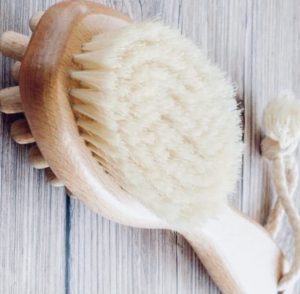
Dry brushing is a self-massage and circulatory boosting technique that helps remove dead skin cells. It’s done with a dry, natural stiff or firm bristle brush or at least that's my recommendation. Be mindful that if you are new to this technique, your skin may feel a little sensitive. This sensation will soon go away as it becomes a routine practice so be gentle to get your skin acclimated.
The "How To" of Dry Brushing
- Right before you shower, on dry skin in the shower for less mess, use a brush with a longer handle (they also make kits that have varied sizes). The long-handled brush will come in handy for the back and hard to reach areas.
- Starting on the bottom of the feet and don't forget the toes, move the brush in wide, circular and clockwise movements.
- Sweep your motions up the body towards the heart. The heart is your aim as this is also the intention of a massage therapist....to massage towards the heart center.
- After you have brushed your feet, ankles, legs and torso brush from the hands and palms to your armpits.
- Don't forget the backside of the body. Do the best you can when you are brushing the back side of your body since it’s harder to reach.
- At your neck, brush the back, sides and front. Again, always brushing toward your heart and be mindful of the pressure you’re using. Some people like to incorporate the face but a softer brush is necessary. I personally don’t dry brush my face.
- Shower with cooler water to remove the dry skin and increase lymphatic flow. You can transition the shower to a warmer temperature. This method of cooler and warmer water incorporates a little contrast hydrotherapy which improves circulation.
- Make sure you use a soap that is certified organic because anything that’s applied to the skin is absorbed into the body.
- After the shower, you may want to consider a plant oil-based moisturizer since your skin will soak it up. Again, this moisturizer should be free of pesticides, certified organic with no preservatives or chemical additives.
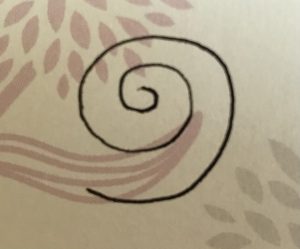 Things to consider when when dry brushing. Don't use this method if you have overly sensitive skin, skin rash, broken skin or sun burn. This technique could cause irritation and/or introduce bacteria if there is broken skin. Also ensure that you don't overbrush an area. I personally make three sweeps across the body.
Things to consider when when dry brushing. Don't use this method if you have overly sensitive skin, skin rash, broken skin or sun burn. This technique could cause irritation and/or introduce bacteria if there is broken skin. Also ensure that you don't overbrush an area. I personally make three sweeps across the body.
Make sure you rinse your brush after every use and dry it in an open environment to prevent mildewing. Wash your brush with warm, soapy water once a week. If more family members incorporate dry brushing, each person should have their own brush.
All brushes are not the same. Avoid synthetic brushes and purchase a natural bristle brush made from boar, cactus, Tampico or another natural substance.
While dry brushing is a great way to improve lymphatic flow and circulation, there are other methods that can also assist which include sweating through exercise, infrared sauna (we'll discuss this modality in another release of Little Life Hacks) and even rebounding (jumping on a small trampoline).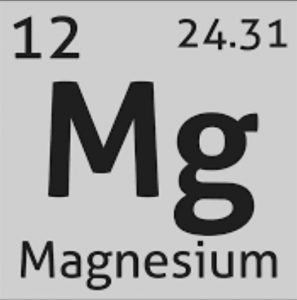
Last but not least, you can improve your brushing experience by including the use of home-made scrubs with essential oils that promote circulation as you shower after dry brushing. I am always mixing scrubs and potions, as my husband says. One of my favorite, get your day moving scrubs, is a blend of Epsom salt with lavender and a hint of spearmint essential oil. It stimulates my senses and improves circulation. In the evening or after an intense weekend workout or long walk, I like to dry brush, rinse in the shower with cold water and then immerse myself in a hot bath filled with 1/4 cup of liquid magnesium, lavender essential oil and Epsom salt. The liquid magnesium is great for sore muscles and promotes relaxation. No matter how large the bath, the body is only able to absorb up to a 1/4 cup at a time so pouring more doesn't provide any benefit. Having this liquid form in a large bath of water is great because it's diluted in the water (not causing any itching to the skin since it's not applied directly into the skin...by the way if you're low in magnesium as many are, a topical liquid magnesium can make you itch which is a sign that your body needs it; to avoid the itching and to help your body absorb after a bath, you can 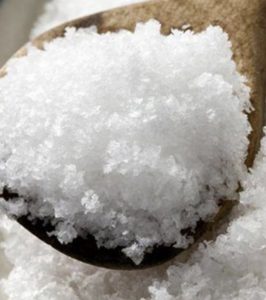 mix your liquid magnesium spray with a lotion and just apply to feet and put on socks after it dries and go to sleep.) That's another Little Life Hack of mine!
mix your liquid magnesium spray with a lotion and just apply to feet and put on socks after it dries and go to sleep.) That's another Little Life Hack of mine!
Thanks for joining me for this month's Little Life Hacks series. I look forward to next month. Next month, your skin should be polished, your circulation flowing and your immunity increased. #saslife #littlelifehacks
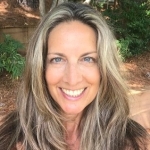
3 Comments
This is interesting, I've never heard of dry brushing. Thanks for sharing. Also the tip on the epsom salt/lavended mixture is helpful.
I cannot wait to try this!
I’ve dry brushed for almost 2 years- it has made a radical difference in the way I feel, AND even the texture of my skin 💕